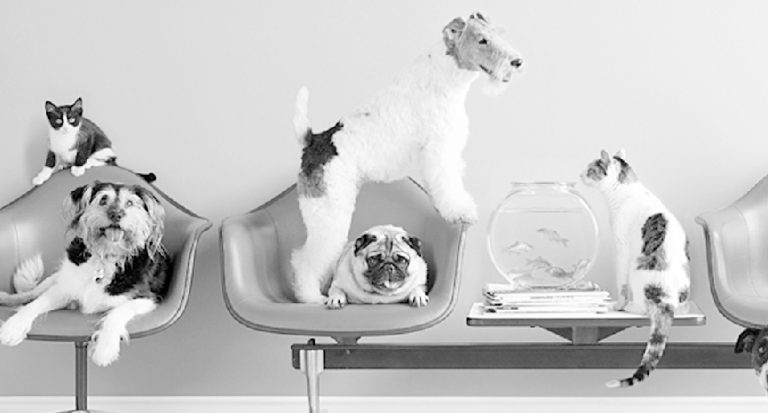As loyal companions and members of the family, dogs give so much to us and touch us deeply while bringing us comfort and joy. Our pets deserve to have the best we can give them in terms of happiness, freedom, safety and security.
Our dogs show happiness when we come home, when we say nice things to them, and especially when we spend time with them. They seem to express sadness when we are gone and they even seem to sense when we are not feeling well.
It is hard to imagine that dogs really don’t know instinctively how to behave in our world. Despite all of the time we spend with our dogs and love we give them, we may not be able to effectively show them how we want them to behave in any given situation.
A dog’s way of communicating, though it shares similar virtues, is very different from ours. We, as owners need to learn how to communicate with our dogs and training is the sincerest form of a life long communication.
Irresponsible dog ownership is nothing less than a plague and that statement may sound a little extreme, but think for a moment. What is the main reason dogs end up in shelters? Irresponsible ownership. Why do you hate your neighbor’s dog? Irresponsible ownership. Why are dogs not allowed in the park or on the beach? Irresponsible ownership. Many other limitations, fears, stereotypes, and laws are in place because of irresponsible owners, and every dog owner is affected by them in some way, big or small. As dog owners, we need to do our part to care for our animals while also being considerate of others. Owners, can make the world a better place for dogs, other owners, and non-owners alike with proper training.
When it comes to training your dog you want to select a method of training that makes sense for you and your family.
Understand that the outdoor recreational lifestyle that hikers, campers, riders love is greatly enhanced when the family pet is able to be a part of the experience. Having a well-mannered pet ensures the pleasure and enjoyment that both dog and owner get to experience together.
A well-behaved dog is loved by many and hated by few. They can go anywhere! Often, dog-haters make exceptions for exceptional dogs. Every dog owner’s goal should be to have a dog that turns dog-haters into dog-lovers and sets a good example for the species at large.
Because dogs are naturally social beings, they want to be with us. Often referred to as pack animals, dogs have an instinctive need to be part of a pack or group of other dogs. To ensure survival, dogs in the wild have a very strong need to have boundaries established by the pack in order to avoid conflict. It is the same with domesticated dogs too! If they don’t have these hierarchies and boundaries their ability to survive is weakened. This innate trait makes dogs easily trainable and also provides us with a strong case for why we train dogs- because having order and pack structure is something the dog naturally needs.
Not every dog has a chance of achieving perfection, and that’s okay. No dog is perfect. No owner is perfect, either. There will be trials and tribulations as you work towards making your dog a lovable companion for everyone.
You must learn how to implement pack structure or no matter how much training you do you will still have behavior problems. The bottom line is this. If you don’t learn and implement pack structure your dog will run your life. The first axiom to accept is you the owner are the leader of the pack.
Your dog is looking for someone to show him about how things are, to keep him safe, to prepare his meals and most importantly, someone to spend time with them. All he really wants to know is what are the boundaries and rules.
And if not you then your dog, with all his creative exploration of behavior options like the counter surfing, chasing cars, chewing your favorite leather shoes and so on, is really just looking for a job, and if it doesn’t find one they are sure to create one.
So you must be able to control your dog physically and verbally. If physical control fails–you drop the leash, for example–then verbal control is all you have. Unfortunately, training, or lack thereof, is one of the biggest failures of irresponsible owners. Every dog should readily respond to basic commands in any situation. “Sit” and “stay/wait” are an absolute must. “Come” can be a difficult one to maintain, especially if regularly used incorrectly, but reliable recall is necessary in day-to-day lives.
These three commands are essential for basic control over your dog. More commands, such as “heel” or “down”, may be necessary depending on the activities you do with your dog. It’s up to you, the owner, to gauge the minimum training your dog requires. If your dog does not reliably perform necessary commands, you, your dog, and others are at unnecessary risk.
If you doubt your skills or your current methods aren’t achieving the desired results, attend an obedience class or hire a private trainer to learn how to train your dog effectively. No dog is too old to reform its behavior, though breaking old habits will be the toughest of all, for both the owner and the dog.
Finally, remember that training is nothing if not consistent. Lack of consistency always means lack of desired results and what ambassador has ever been a success without results!





